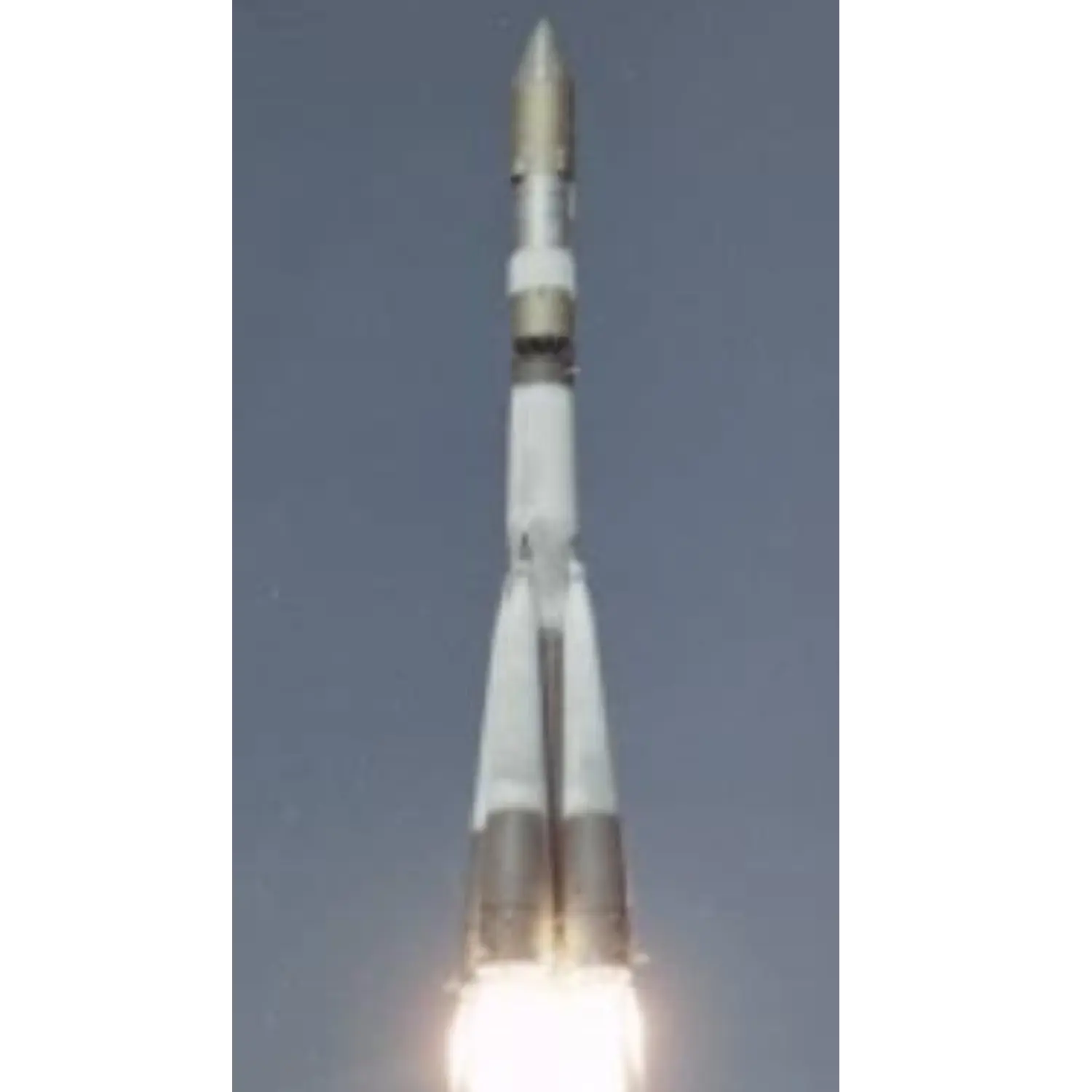Zond 1
Launch Success
Liftoff Time (GMT)
02:42:40
Thursday April 2, 1964
Mission Details
Zond 1
Zond 1 was a spacecraft of the Soviet Zond program. It was the second Soviet research spacecraft to reach Venus, although communications had failed by that time. It carried a 90 cm spherical landing capsule, containing experiments for chemical analysis of the atmosphere, gamma-ray measurements of surface rocks, a photometer, temperature and pressure gauges, and a motion/rocking sensor in case it landed in water. At least three previous Soviet planetary probes had been lost due to malfunctions of the ullage rockets (BOZ) on the Blok L stage, but an investigation found that the problem was easily resolved. The spacecraft, a Venera 3MV-1, was launched on April 2, 1964 from Tyuratam and this time the launch vehicle performed flawlessly. During the cruise phase, a slow leak from a cracked sensor window caused the electronics compartment to lose air pressure. This was a serious problem as Soviet electronics relied on vacuum tubes which would overheat without cooling air. An ill-timed command from ground control turned on its radio system while there was still a rarefied atmosphere inside, causing the electronics to short out by corona discharge. Chief Designer Sergei Korolev was upset at the failure of the mission and demanded higher quality control from the OKB-1 Bureau, including X-rays to test for pressure leaks. By mid-April, the electronics in the main spacecraft had completely failed and all signal transmission ceased, but communication via the lander could still be performed, and space radiation and atomic-hydrogen spectrometer measurements were received. The star trackers in the spacecraft were also used to align it for a course-correction burn, but the second one was off by 65 feet per second (20 meters per second). Also one of the star trackers failed, forcing ground controllers to place Zond 1 into a spin-stabilization mode. However, all communications had failed by May 14. It passed 100,000 km from Venus on July 14, 1964.
Heliocentric Orbit
1 Payload
890 kilograms
Rocket


Manufacturer
RKK EnergiyaRocket
Height: 44.23m
Payload to Orbit
LEO: 6,000 kg
GTO: 2,200 kg
Liftoff Thrust
4,378 Kilonewtons
Fairing
Diameter: 2.58m
Height: 6.74m
Stages
4
Strap-ons
4
Launch Site
Stats
Molniya
18th
Mission
4th
Mission of 1964
RKK Energiya
82nd
Mission
7th
Mission of 1964
1964
20th
Orbital launch attempt